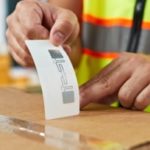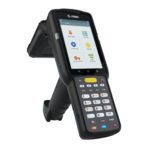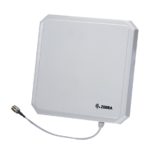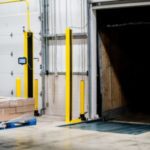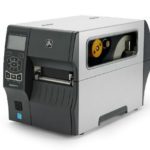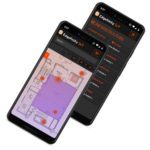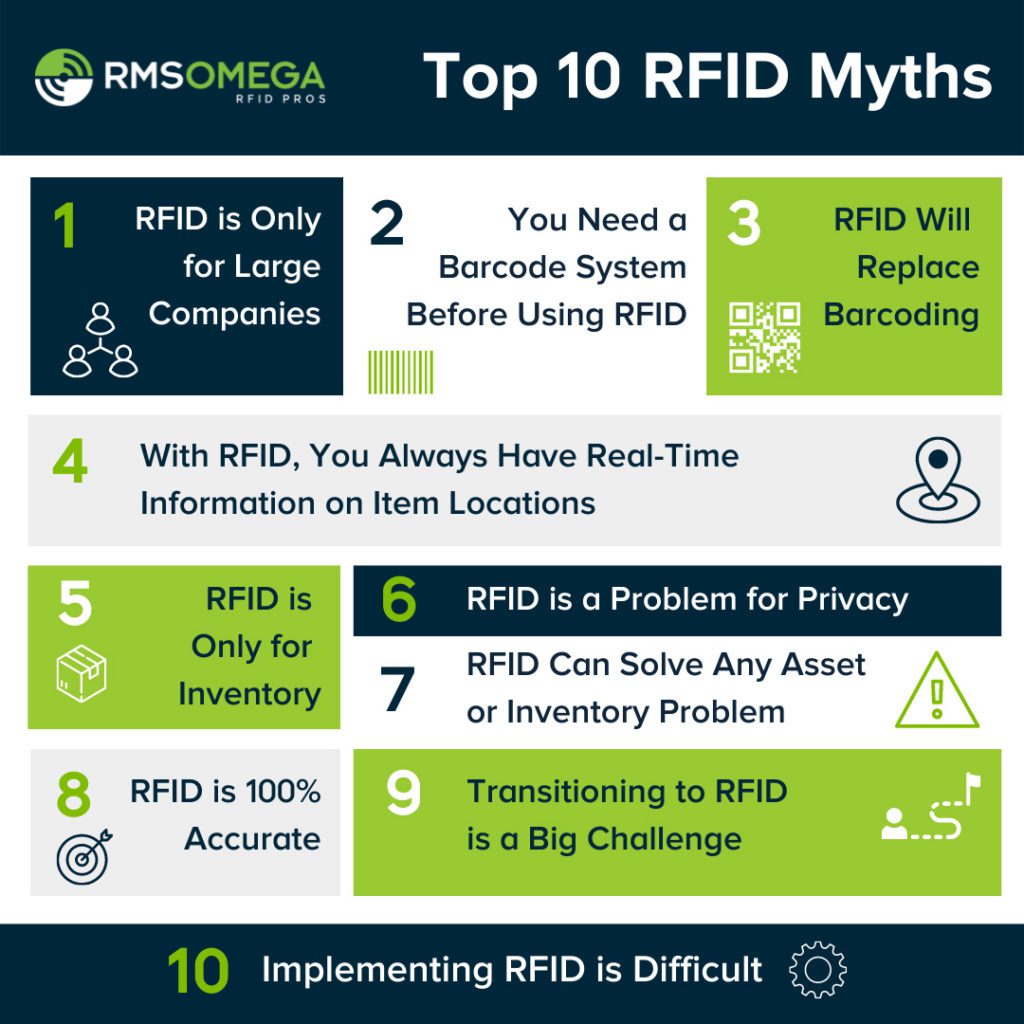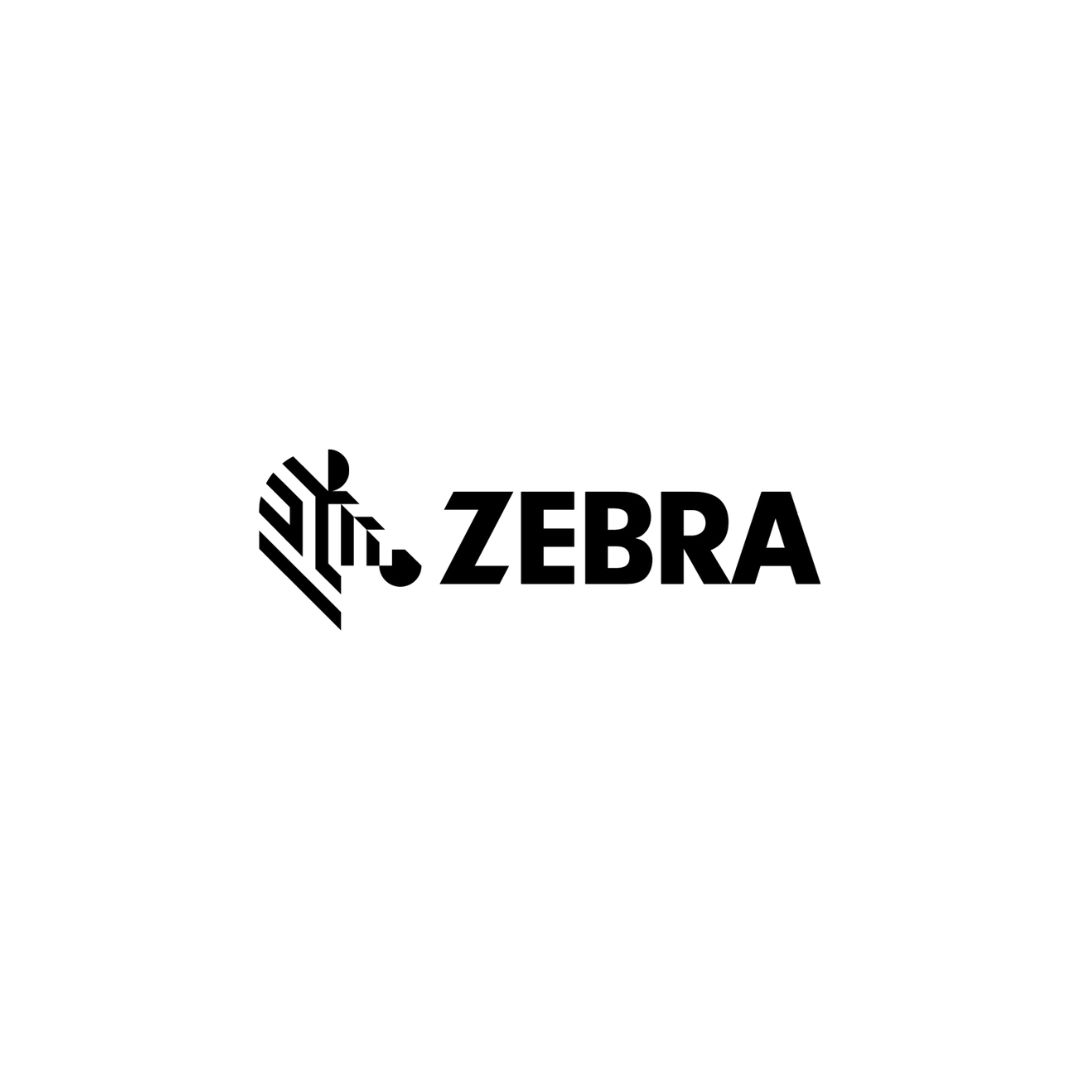What is RFID?
RFID: The Basics
Radiofrequency identification (RFID) is a form of wireless communication that utilizes radio waves to identify and track objects. RFID tags are either active, passive, or battery-assisted passive, which is a combination of the two technologies.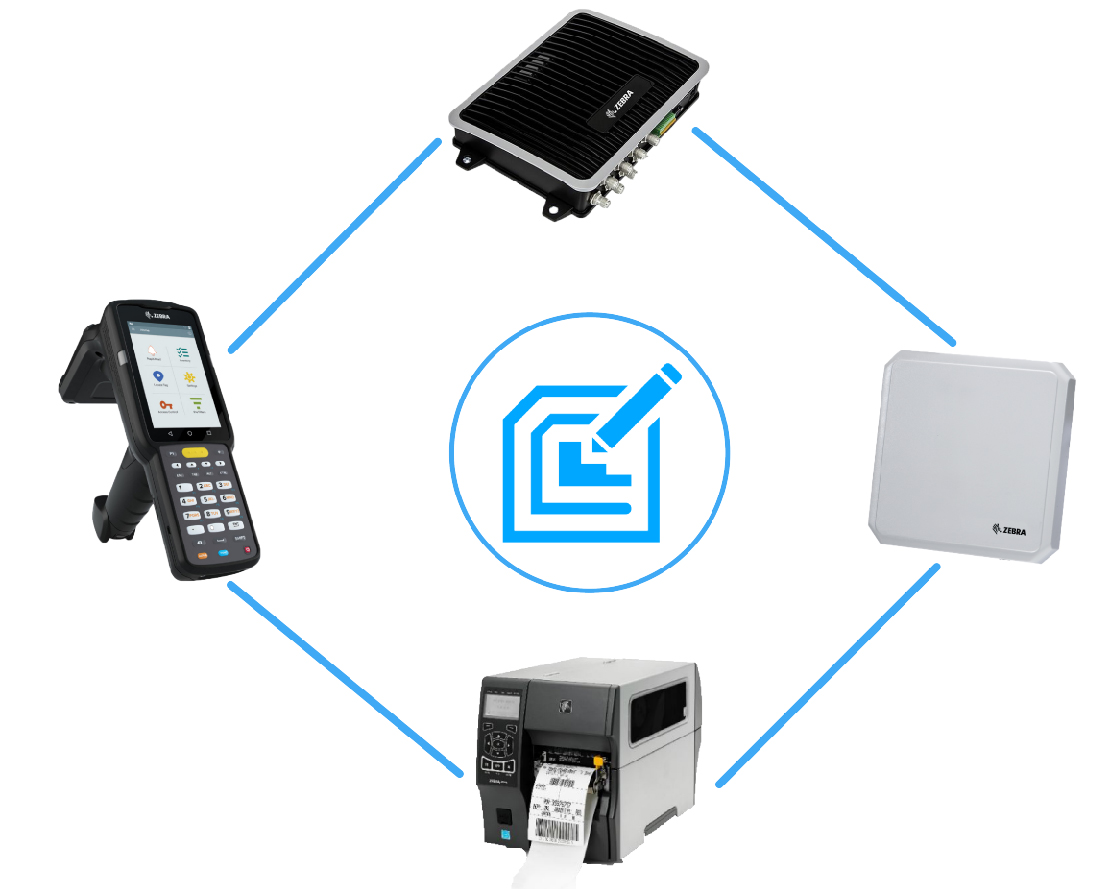
- Active tags have their own internal power source, usually a battery, and tend to be the most expensive.
- In passive RFID systems, the reader and reader antenna send a radio signal to activate and power the tag, it then reflects energy back to the reader. Passive tags are typically the most economical.
- Battery-assisted tags use an integrated power source to power the chip when it is in the range of a reader.
RFID systems are also broken down into different frequencies: low frequency, high frequency, and ultra-high frequency. Lower frequency RFID systems have a shorter read range and slower read rate, but increased capabilities for reading near or on metal or liquid surfaces. Higher frequency systems generally have faster data transfer rates and longer read ranges. However, they’re more sensitive to interference from environmental factors, such as metal or liquids
Benefits of RFID
RFID can tell you what an object is, where it is, and even its condition, making it an ideal solution for tracking assets and inventory in busy environments. In high-volume scanning operations, RFID allows you to collect data extremely quickly and accurately.
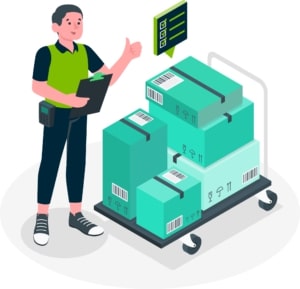
- Identify items without direct line-of-sight
- Identify thousands of items simultaneously
- Identify items within a specific range, from centimeters to meters
- Uniquely identify an individual item beyond just its product type
- Durable tags meant to be read in harsh environments
Explore Our RFID Resources
Getting started with RFID requires a little bit more than buying a reader and slapping a tag on what you want to track. Our solutions are strategically designed for your warehouse’s requirements. As a result, we take the time to evaluate which combination of RFID tags, readers, antennas, printers, and software will work best for your specific application.
With over 20 years of experience working with our customers, we have seen many common challenges and mishaps when implementing RFID systems. When you work with RMS Omega, you work with a dedicated Account Manager who will be your point of contact from the start. We will support you from the initial project design and through the implementation, deployment, and ongoing maintenance, optimization, and analysis of your RFID system for years to come.
